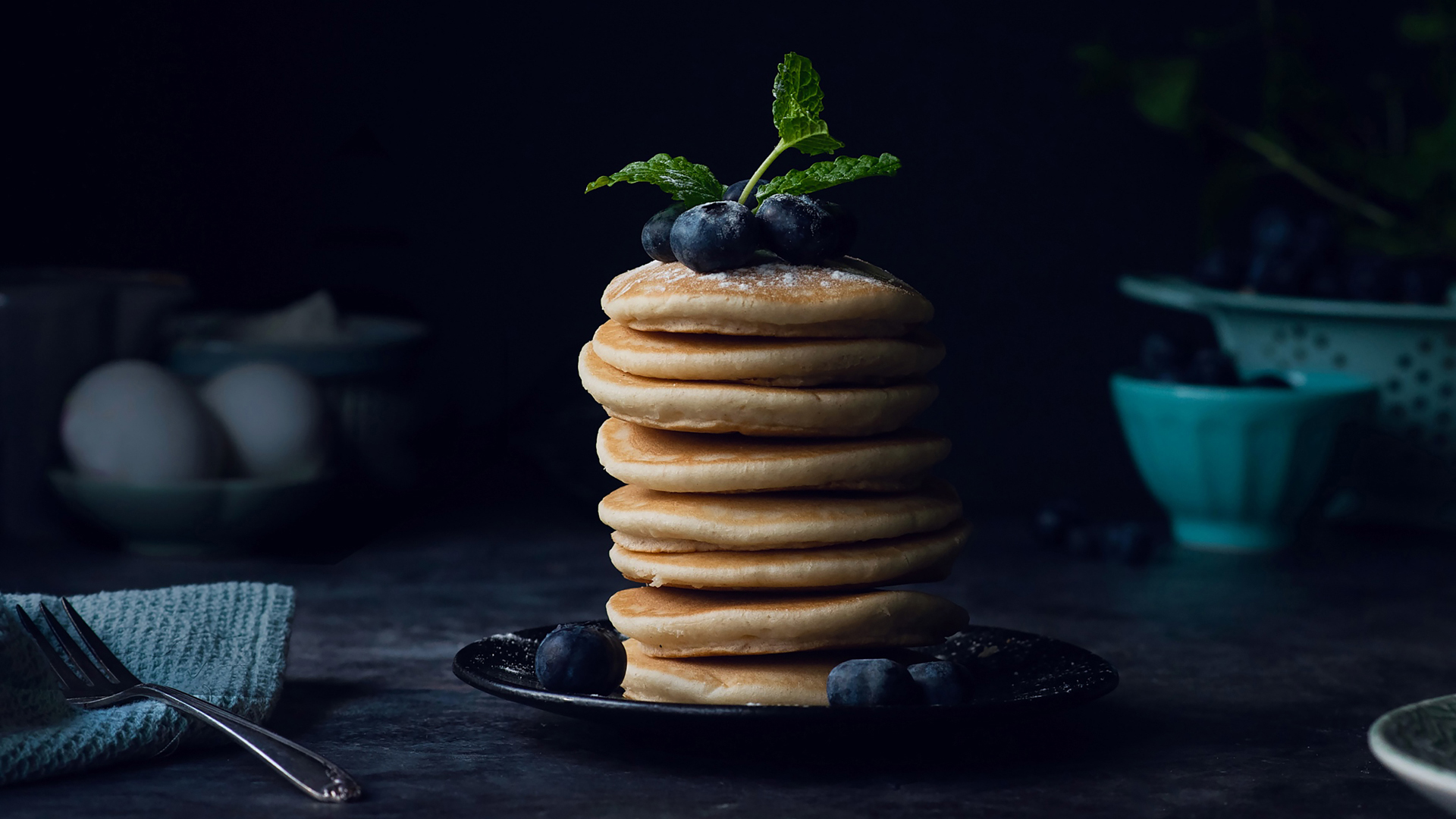
Early into our chat, Emma Dunham and I find out that we share something in common – we both used to live in Sydney. I reminisce about the ferry from the seaside suburb of Manly, cutting its way across the harbor to Circular Quay, and declare that it must surely be one of the world’s best office commutes. “I know,” she replies, “and they always had this kiosk with these spinach and ricotta pasties. Each day I’d say, ‘I’m not going to eat one, I’m not going to eat one’, and every day I still ate one!”
That a professional food photographer relates a favorite snack to a time when she lived on the other side of the world may not sound surprising. But Emma switched to food photography less than five years ago, having worked as a portrait and commercial photographer for over a decade. Clearly, her love of food had always been there but, as she freely admits, it was when she fell out of love with commercial portraits that she began to look at spinach and ricotta under a new light. As a portrait photographer, she was shooting corporate headshots, rows of schoolchildren and families with their children, but while her subjects were smiling for the camera, Emma was anything but smiles behind it…
What made you decide to focus on food rather than family portraits?
I was pretty miserable as a portrait photographer. I’d backed myself into a corner and suddenly found that I was working every weekend and I was missing my children growing up. I started to resent having people in the studio and I didn’t charge my worth. I got a bit cross with myself that I’d built this business that I didn’t love. And it was embarrassing that I got myself to that point.
So, what was it that you ended up doing during lockdown?
In lockdown, I was part of the Master Photographers’ Association and our chairman said: “You’ve got to pick up your cameras every week, or you’re going to lose your confidence.” I can never thank him enough. Each week he gave us two words and we’d have to go away and photograph what those two words mean to us, and everything I photographed was food.
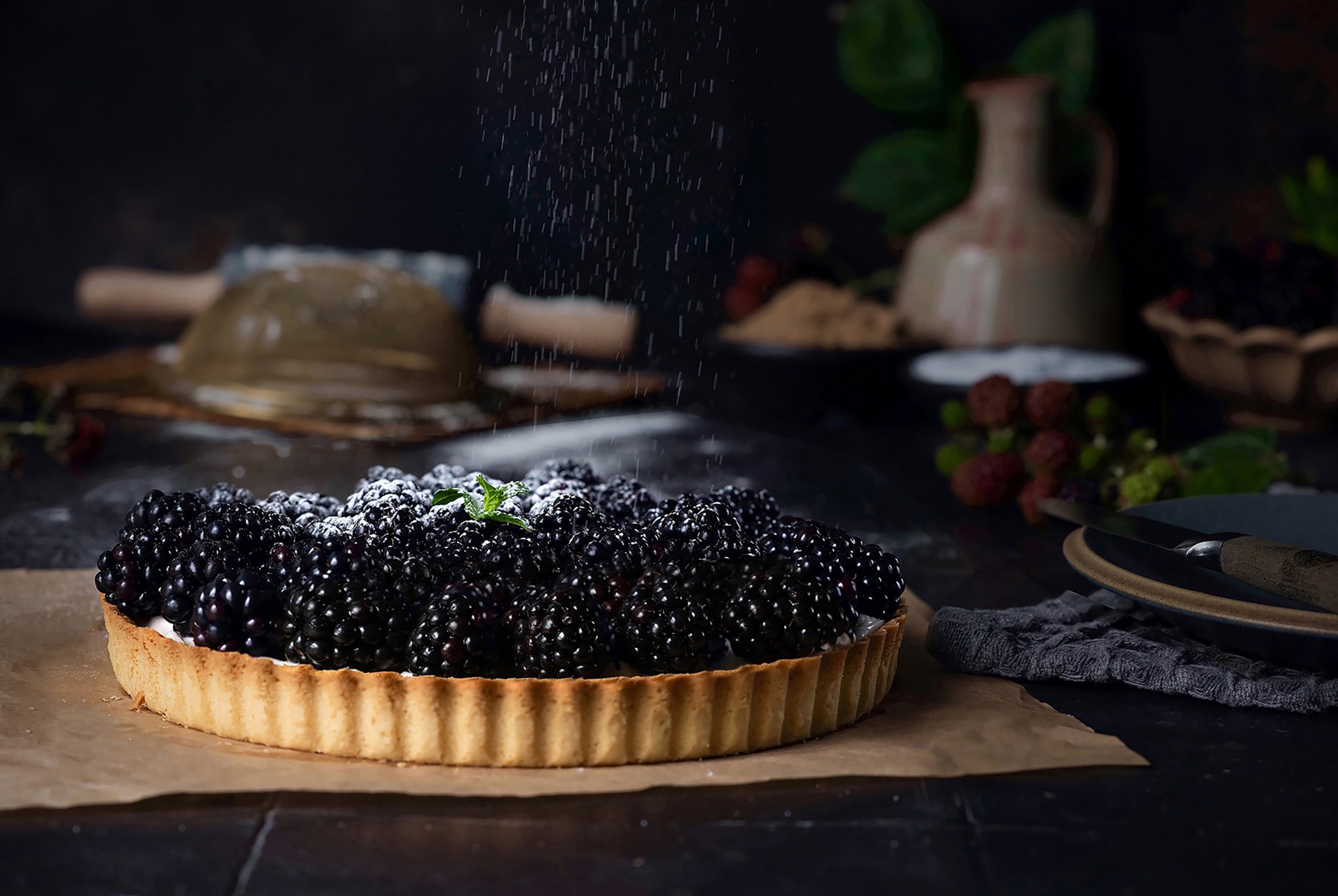
Ah, that sounds significant!
That was when the photography bug got me and things started turning around. The following year I got shortlisted in the Pink Lady Food Photography Awards. I got this orange with cloves stuck in it, and I called it ‘Cloveid’, and that got shortlisted, so I thought, ‘Okay, I’m getting somewhere’. I worked heavily on LinkedIn, started a client base and people were booking me.
Was that because of your success in the Pink Lady Awards?
Yes, it was. Also, it made me feel I was worthy of putting myself out there. And then the following year, I came second in the Pink Lady competition with ‘Medusa’.

That’s such an eye-catching picture! Are they big spring onions or very small leeks?
They were baby leeks and spring onions, so both. On the portrait side, I worked with a theatrical makeup artist, so each year we always put something together that’s off-the-cuff, just a little bit different. The girl in ‘Medusa’ was only 13, and she was having a lovely time, and when I edited it and lifted the features I did say to the theatrical makeup artists, “Please tell her mum, I’m sorry.” She looked really grown up. She loved it at 13, but I wasn’t sure what her mum was going to think!
There’s a lot of wit in your pictures – such as the shortbread Jenga and an apple abacus. Are there other influences that contribute to your ideas?
No, I think I’m just very childish! I see food as a celebration, a joy. It’s something to be adored, as opposed to something that we just eat. It’s not just fuel. Recently, I did some zombie eggs for Halloween.
Zombie eggs?
I hard-boiled some eggs, peeled them and cut them so we could see the ‘eyes’ for the yolk and I then switched on a smoke machine and it looks like they’re floating. I had a lovely time creating the image. It didn’t make me any money, but it gets me lots of comments!
Who are your clients?
I have recurring clients. I’m still getting new clients, but not as many, because when we first came through lockdown, I wanted to teach photography. I set up my 5-Day Profitable Food Photography Challenge, where people can come and learn about food photography with me – for free! Then, those who are keen can come into my food photography academy, so I spend a lot of time training, presenting, looking after people in the academy.
Why do you use LinkedIn?
It’s a commercial platform and the majority of my clients come from LinkedIn. I don’t advertise for my clients now but they still come to me.
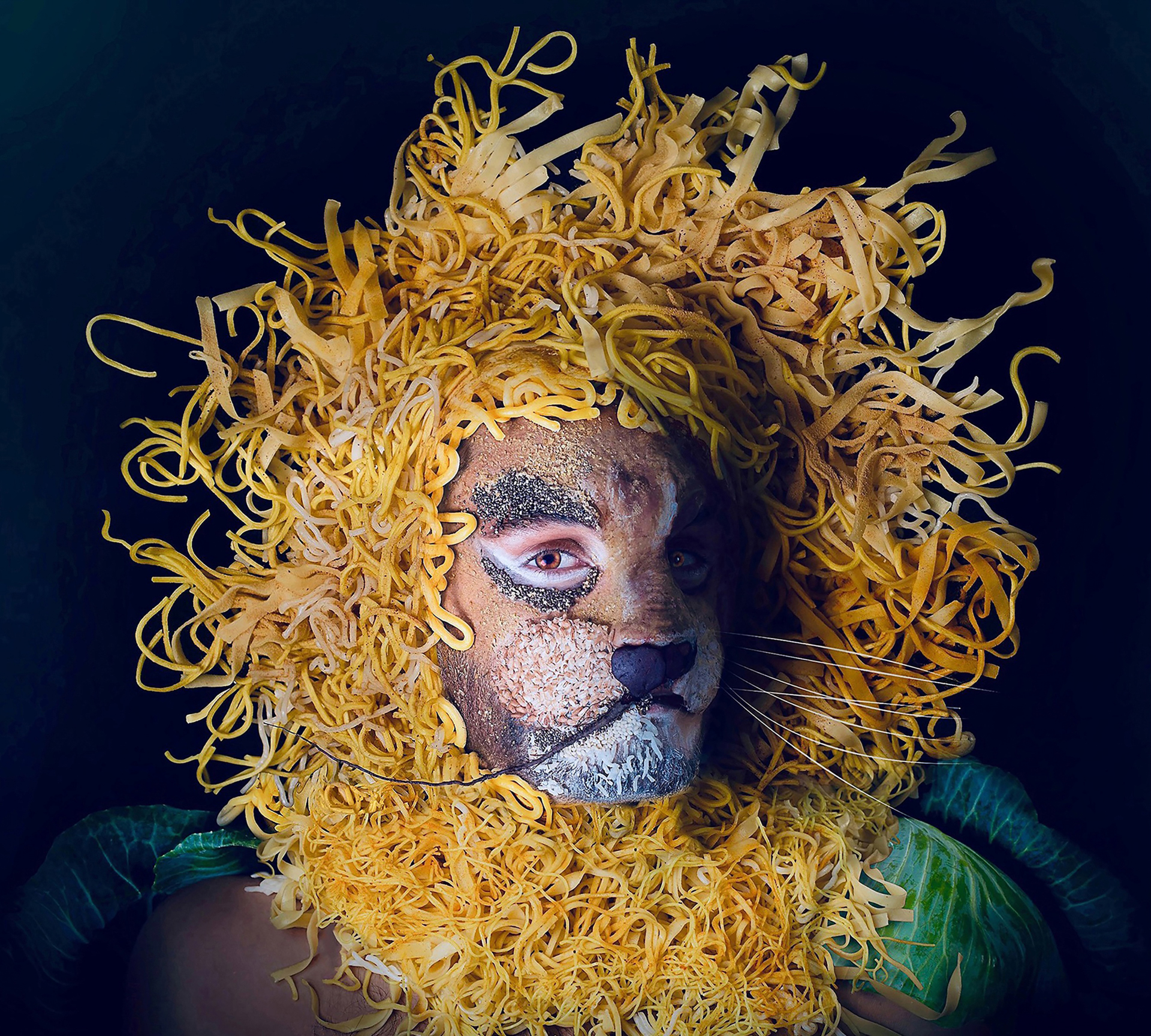
How does that happen?
I had one a couple of weeks ago: she said she’d been following me for three years. She had a chat with me and booked an annual package. I said, “This is my day rate, and this is my annual package.” They’re my two prices and she said, “Okay, I’ll take the annual package.” Because I can do that now, I can put myself out there as a premium food photographer to attract the people that I really want to work with.
Is there a process behind your creativity or is it spontaneous?
If it’s something like ‘Medusa’, when I’m working with the theatrical makeup artist, we sit down, we have a chat. We’re both as creative as each other, which is probably both good and bad because we go to the moon and back with everything that we do. Sometimes, we have a model in mind and that helps. We’ve done ‘Medusa’, we’ve done a lion with noodles and a watermelon punk.
So you really have no boundaries?
Recently my husband brought me back these fish-shaped waffles with chocolate spread in them and said, ‘I found these! They’re really different, you need to photograph them.’ How am I going to photograph fish-shaped waffles? How are we going to make those look any good?
Indeed, it sounds quite odd…
So, I googled ‘fish-shaped waffles’ and the photos were all terrible. There was no inspiration out there, there was nothing. So, I went to the sweet shop; it’s an old-fashioned sweet shop near us with all the little bottles and jars. They know me quite well now because I always go in with random requests. I said, “Have you got fish and chip white chocolate sweets?” They said they had and I said, “Could I just have the chips out of it please?” So, they literally picked all the chips out of the fish and chips!
They must be very understanding…
I said, “I’m ever so sorry if this causes you problems!” They said, “No, it’s fine.” So, I brought back a bag of chips and then I put them in with some baking paper, I put my fish Nutella on a little baking board and got a couple of little wooden forks and newspaper to make it… a sweet fish and chips. That was very difficult to do and the shot I got in the end wasn’t in my head at all. It was like, I’ve just got to play with this and see what works while I’m swearing at my husband for bringing me something that I can’t photograph!
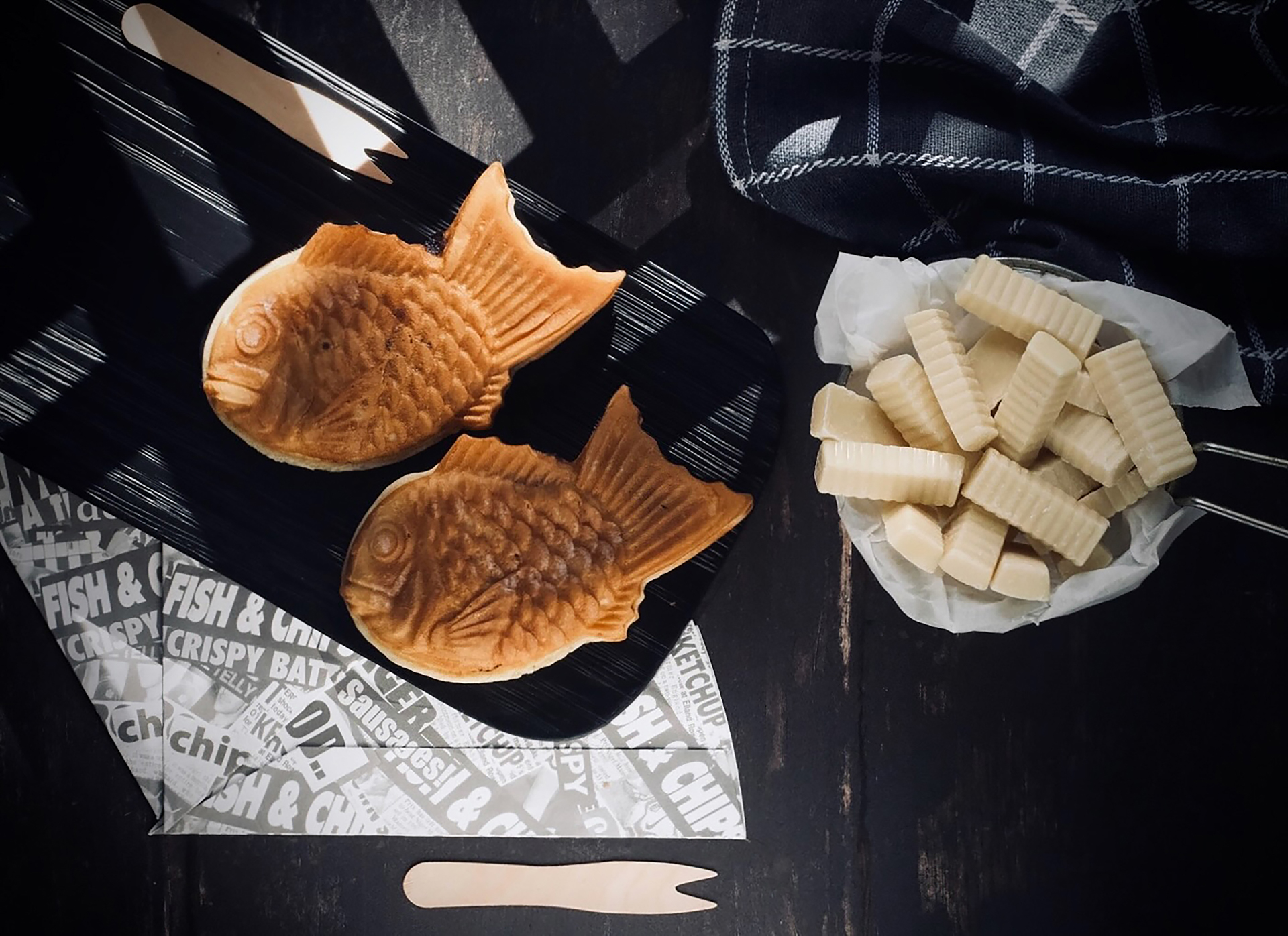
Do you have as much creative freedom with a client, or is it quite controlled?
The recurring clients trust me. When I have a spreadsheet, we list everything they want photographed: what do they want it photographed on, what’s the backdrop, what angle, do they want forks in it, will there be napkins in it? Basically, we have a whole spreadsheet before we start and once we’ve done all of that, they let me create. So, it’s all about creativity within a framework.
Is your studio home-based?
I’m alone in the bottom of the garden. Just before lockdown we started to build it, which was timely. It was built to be a studio for headshots, so everything is white-washed. I’ve got all these beautiful walls and now I’ve got two setups here: I’ve got one for natural light, and one for artificial light. So, I always have two setups running for a session in the studio.
But my guess is that you don’t do all your shoots in your own studio?
Most people that I work for usually want me to go to them because they want their own place in the background, but some people will come here. I’ve got a jam-maker at the moment who’s dropped off all her jams and chutneys to be photographed. Because I do a lot of training as well, I video in here for the other photographers. I love it, I’ve got three kids, a husband and four cats. I could live down here!
What’s your ideal lighting setup when it comes to shooting food?
I’ve got one Elinchrom 250W light with an Elinchrom 120cm Octabox on it. I only use that one light, other than a little baby Elinchrom D-Lite that has a snood on the front. So, I always side-light with just one light source, and that will either be with the 120cm Octabox on it, or it will be the sunlight. Both setups are mirroring each other here, with the light coming in from the left. The little light is used if I need to put some rim-light on a set of pancakes or waffles, so if I’m losing the edges of the food, I will use the snood in a tiny part of the image to put the edges back in.
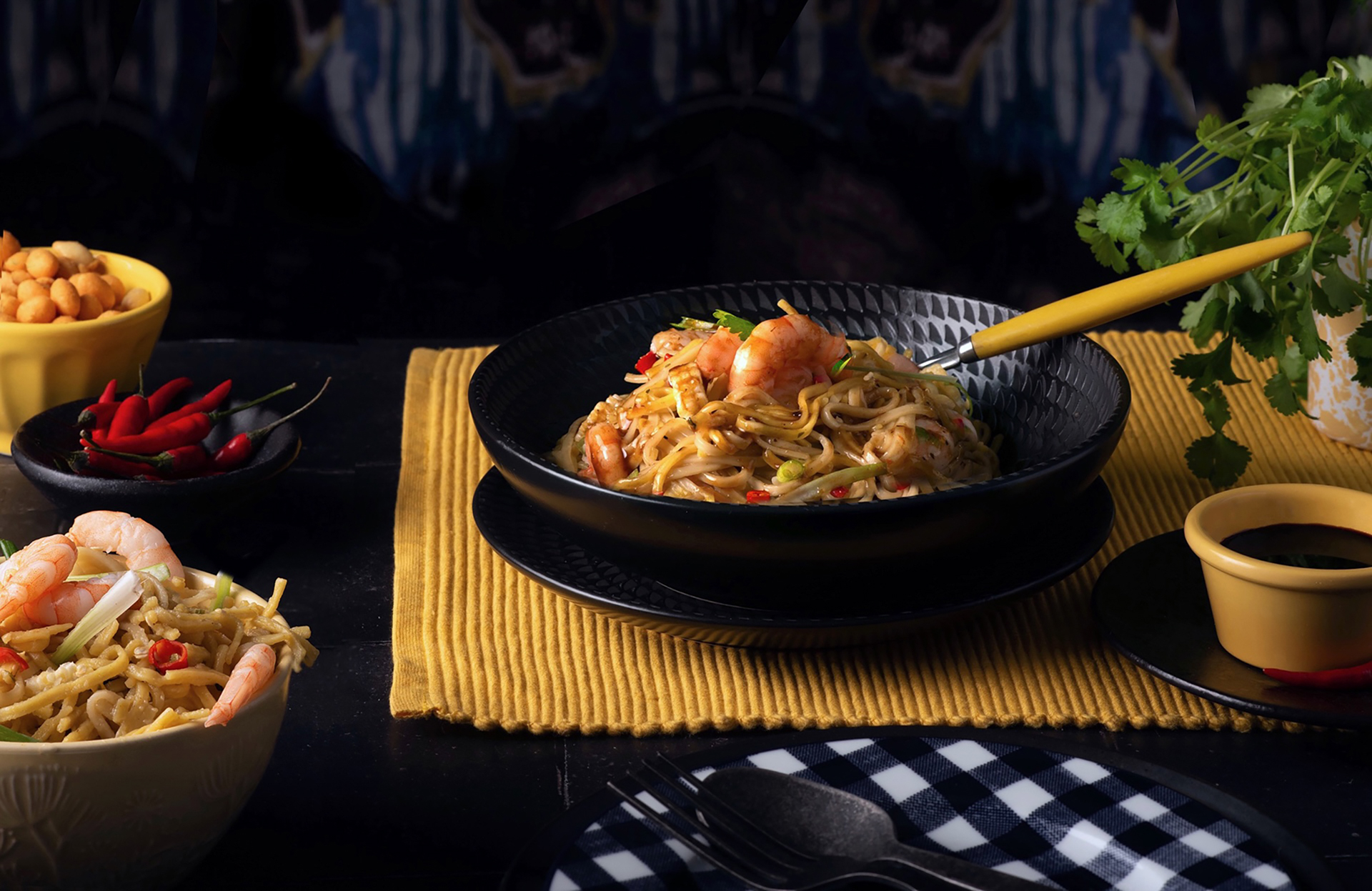
Do your use anything else?
Well, I always bounce the light back in, so I’ve got white card and silver card. I’ve still got gold and silver reflectors from my days as a portrait photographer, and I use those and little square mirrors. Back in January, I forgot to take my bounce light with me to a restaurant, so I had to run to Waitrose and buy a roll of foil and wrap it round their menu. I literally bounced the light back in with a roll of foil.
What lenses do you use?
I use three lenses. All my lenses are primes. Anything with food photography needs to be sharp, so not having that zoom option really helps with there being no shake. I use a 50mm, an 85mm and a macro 105mm. I don’t need anything else. I started with a 50mm because I got it in my portrait days. When my first client paid me, I bought the macro 105mm and I was bowled over with being able to see every hair on the strawberries. Then I realized I was missing something and bought the 85mm. I would say my 85mm is on my camera more than anything else.
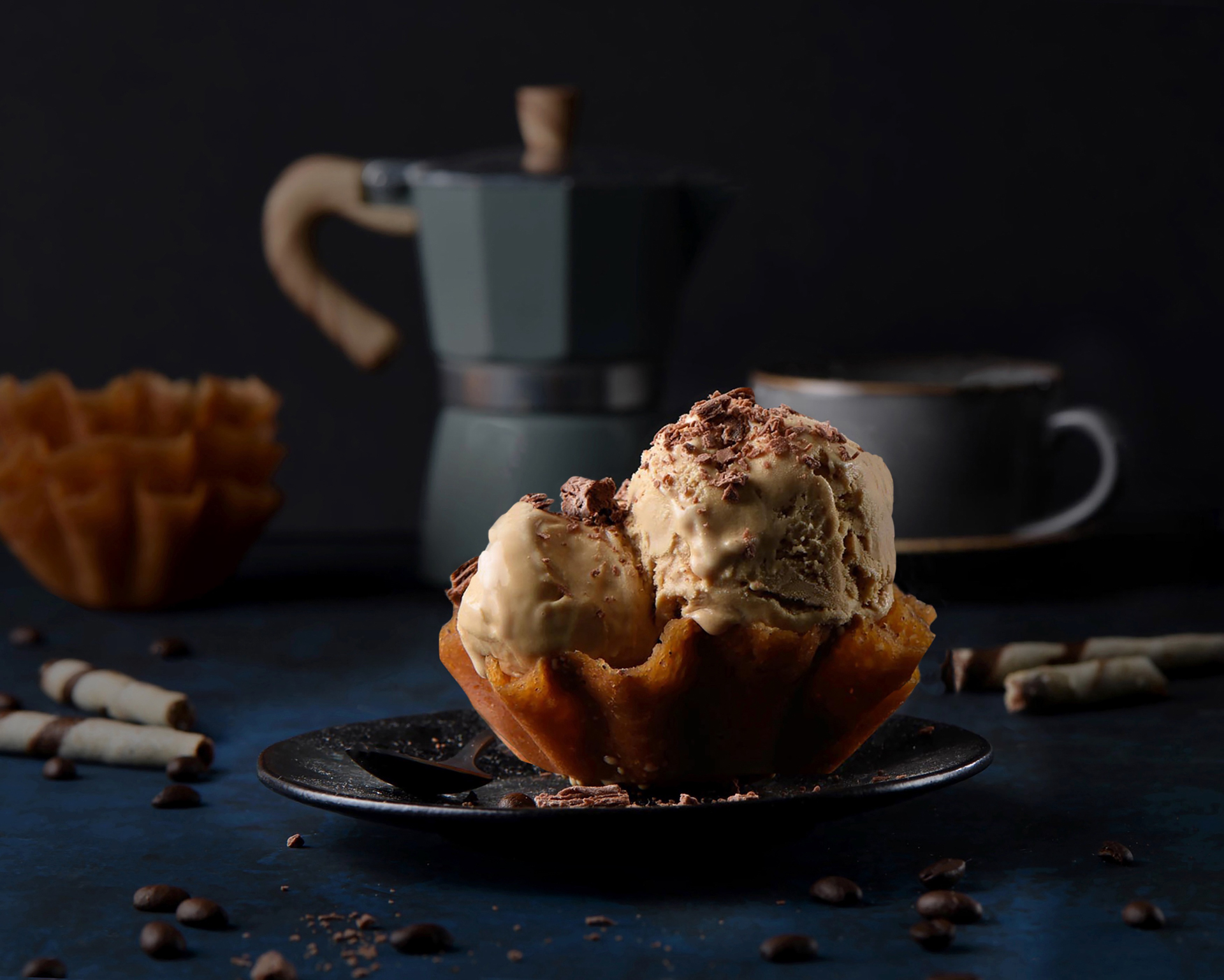
It’s the classic portrait lens. Do you shoot wide open as well?
It depends on how much I want blurred in the background and whether it’s a whole table of food, or whether I’ve got a cake and I want the rest of the background blurred, so it depends on the food. The other bit of equipment I really need for food photography is a tripod. If people try to shoot food without using a tripod, they just can’t get that sharpness in the dish. I’ve got a normal tripod and I’ve got one with a boom arm, so I will shoot on a tripod even when I’m doing a flat lay.
Which cameras are you using now? Have you moved to the Z series?
No, I’m still old school. I’ve got no reason to upgrade at the moment. Nothing’s not working. I’ve got two Nikon D810 bodies and they do the job. They get me through in competitions, they get everything. I can’t fault them. When they don’t work, that’s when I’ll upgrade.
Have you always shot with Nikon?
Yes. I can’t remember my first one. I was very young. I know I got a Kodak for a birthday and then I was given a Nikon. I can’t remember what type, but something from the 1970s, an SLR. I did my own shots and loved putting a black-and-white film into my SLR and going out shooting. Sometimes, I put film into it to see if I can still thread a film at speed, but I find it so frustrating because I always go to look at the back of it!
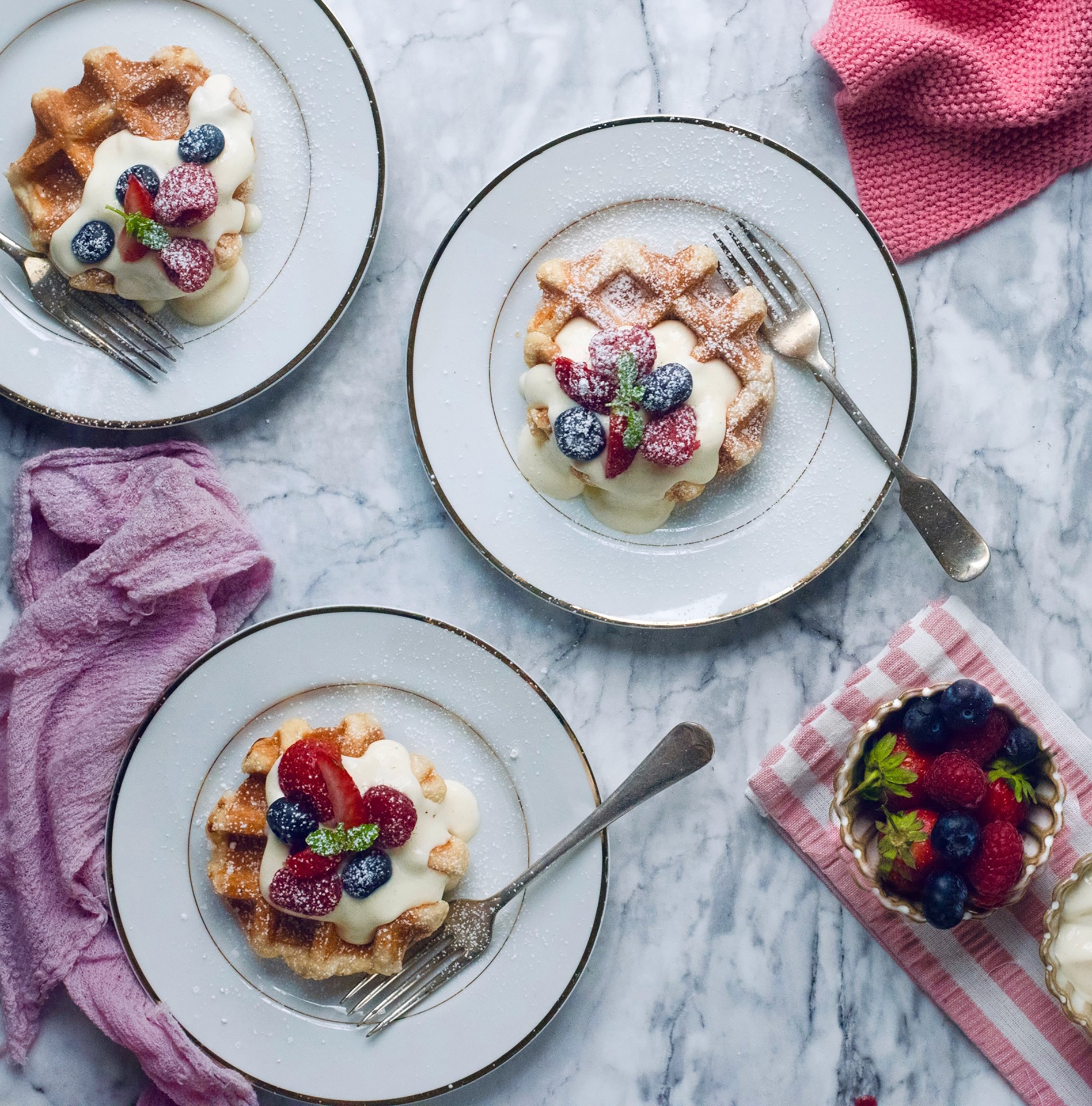
Would you say your primary strength is how creative ideas come to you so quickly?
I would say that’s part of being a photographer. If someone shows me something they want to photograph, compositionally I will be thinking, ‘Am I going to put something centrally? Am I going to offset it? Do I want the background blurred?’ So, straightaway I can go through a process of ‘what’s this going to look like?’ I might then have to move a fork 15 times because your fork just isn’t in the right place, but the big picture of the shot is in my head. I know from experience where everything is going to go. It’s just the little annoying things that take up time!Another example was an image I entered for Landscape Photographer of the Year, which wasn’t completely monochrome as I had left in some orange for the autumn leaves. It’s basically about deciding what’s going to make this scene look the best. Is it full colour? Or, if the colours are dull and you take it out and boost some other things, like clarity to emphasize the textures and shapes, then that’s what I’ll do to make it better.
Is there something like a season during the year when your food photography gets busier?
There isn’t, but the summer gets quite busy because everyone’s doing Christmas. That’s when the big companies contact me. They get all their shoots done by the end of summer. So, a lot of my summer holidays I have my Christmas props out, which is strange. The beauty of food is that people in restaurants change their menu with the season, which is why I have an annual package of four shoots in a year, because people sometimes have four menus and they want to know they’ve got it covered. It’s great from a recurring revenue point of view, that they’re going to be changing their images more frequently than if they need a new headshot or are bringing their family in to photograph.
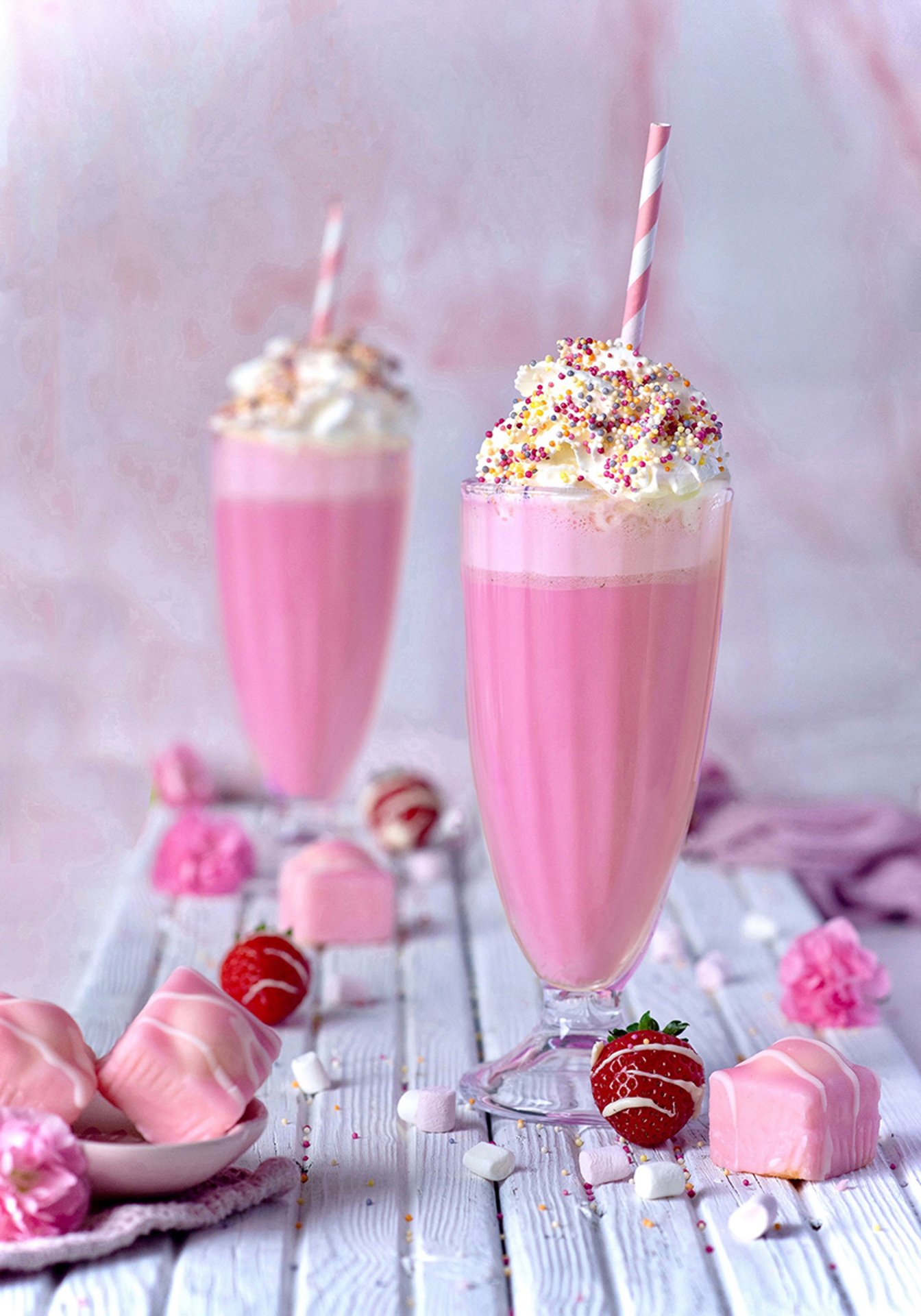
What’s the single best piece of advice to someone who wants to get into food photography?
I give away so many trade secrets in my training but if they’re already a photographer, they need to be open to starting up a whole new database, starting from scratch in a new genre and doing a few shoots for free. You have to build your portfolio, and you’ve got to be willing do a few things for free. Then, when you’ve got a beautiful portfolio, you can start charging what you’re worth.
Have you ever discounted?
Anyone can discount. Anyone can do any discount, and everyone can be at the bottom of the tree altogether discounting with each other, and I think it’s easier just to go and sit up on a branch and say, “I’m unapologetically up here.” It was Stella Artois about 20 or 30 years ago that was ‘reassuringly expensive’, and I always use that as an example. If no one was up there, we wouldn’t have the Hilton versus the Premier Inn, we wouldn’t have an A Lange & Söhne watch versus a Casio, we just wouldn’t have this choice; and it’s trying to get people to understand that we can do that too in photography, we don’t have to be desperate. So far, so good, I think! I’ve always charged a high price. You can’t be charging £200 or £300 for a day as a professional: you can’t survive on that amount for a day for your job.
This interview first appeared in N-Photo magazine.
You might be interested in the best Nikon cameras along with the best Nikon lenses – and particularly the best Nikon Z lenses designed for its mirrorless cameras.







